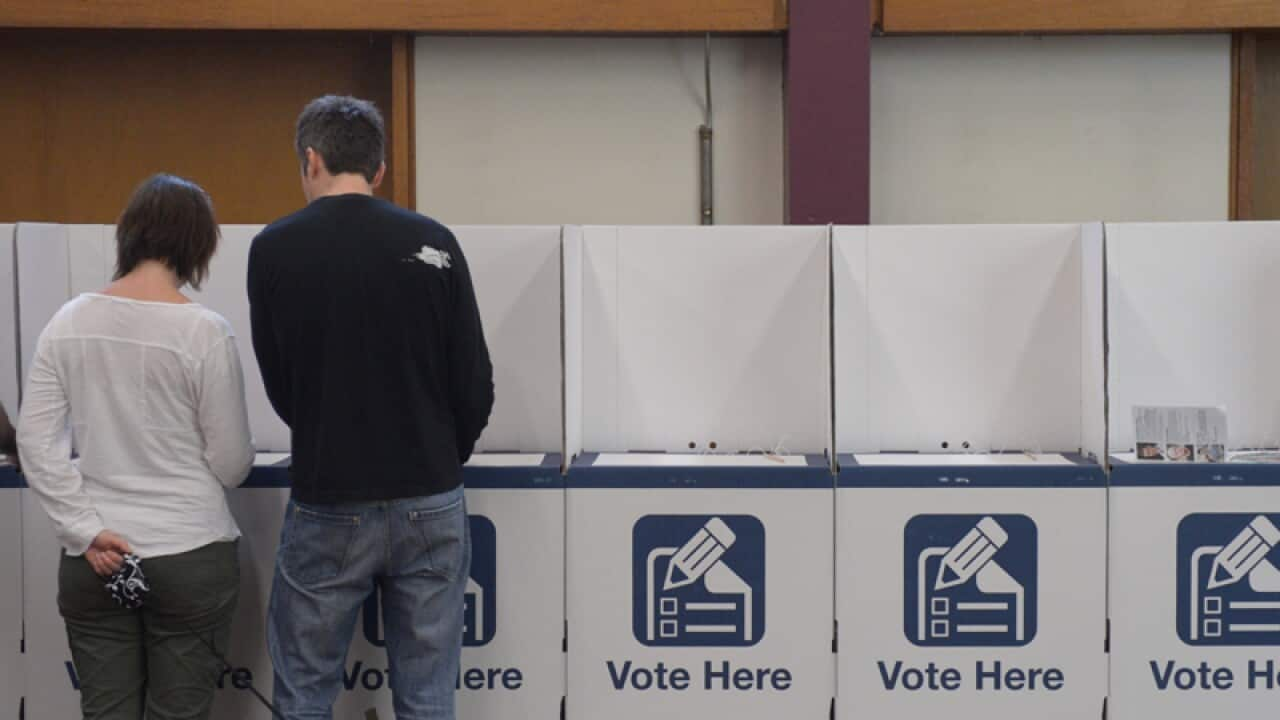Australia goes to the polls for the 44th time since federation in 1901 on September 7.
Federal elections in Australia are always held on a Saturday.
Before 1918 the simple majority, or "first-past-the-post" system, was used to choose members of the House of Representatives and the Senate.
Under that system, the candidate who receives the greatest number of votes wins.
This system is still used in many countries, for example in the United States, Britain, Canada and India.
However, Australia now uses preferential voting systems for House of Representatives and Senate elections.
The House of Representatives, often called the "People's House", is elected on the basis of population numbers.
Australia is divided into single-member divisions which have approximately the same number of electors.
There are currently 150 electoral divisions, or electorates, but the number of divisions may change slightly between elections due to redistributions of electoral boundaries.
Voters in each division elect one person to represent them in the House of Representatives.
The system used for the Senate is designed to ensure the election of several candidates from each state and territory.
The preferential system used to elect Senators explains why relatively minor parties can end up with a place in the Senate.
In order to win a Senate seat, a candidate must receive a minimum number of votes, known as a quota.
Candidates receiving more votes than the quota have the extra votes distributed to other candidates according to voters' preferences.
If all the vacant positions are not filled, then the electors' preferences are distributed until all vacancies are filled.
This means that a party which receives, say, only four per cent of the primary vote could achieve a quota after the distribution of preferences.
The Senate has 76 members and is made up of 12 Senators from each of the six states and two each from the Northern Territory and the Australian Capital Territory.
However, this year's election is what is called a half-Senate election, where Australia is voting for six Senators from each state and two representatives from each territory.
The counting of Senate votes is complex and a clear result cannot be expected for a number of weeks after the election.
Share

